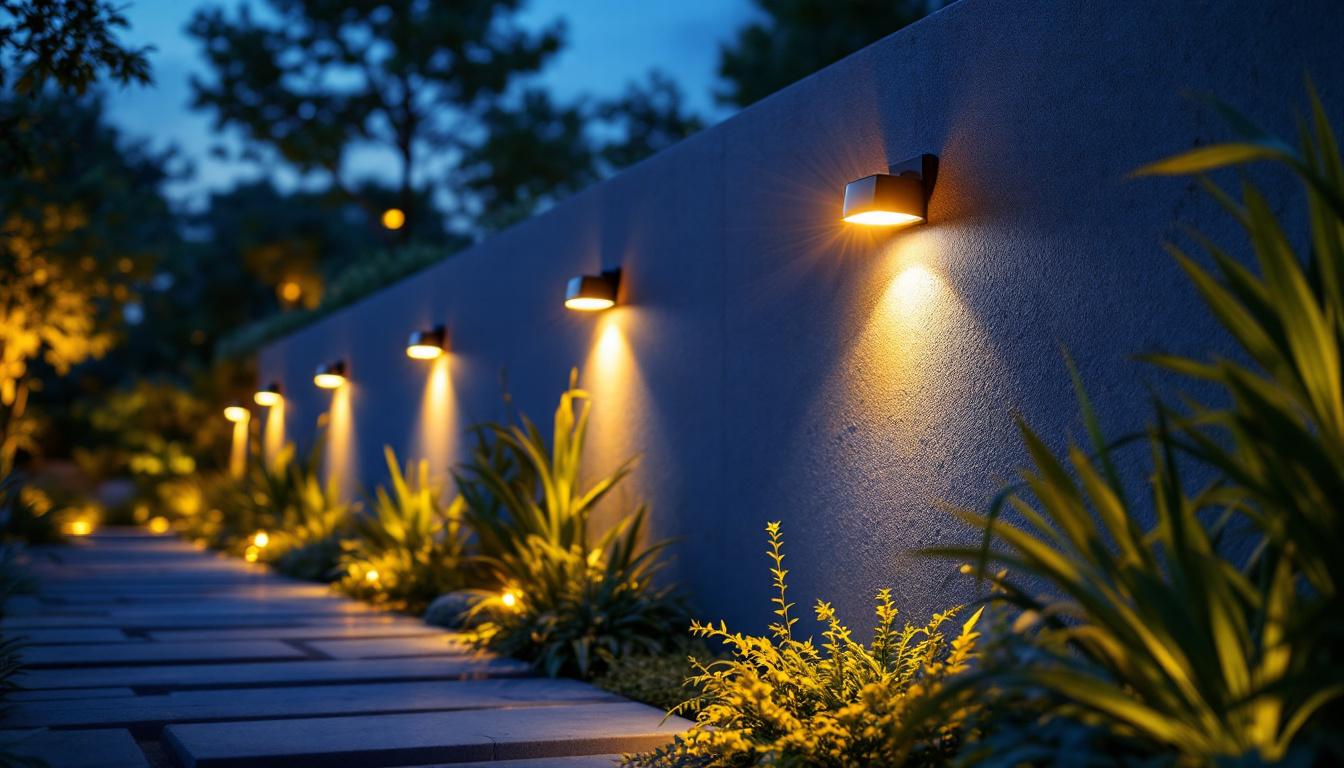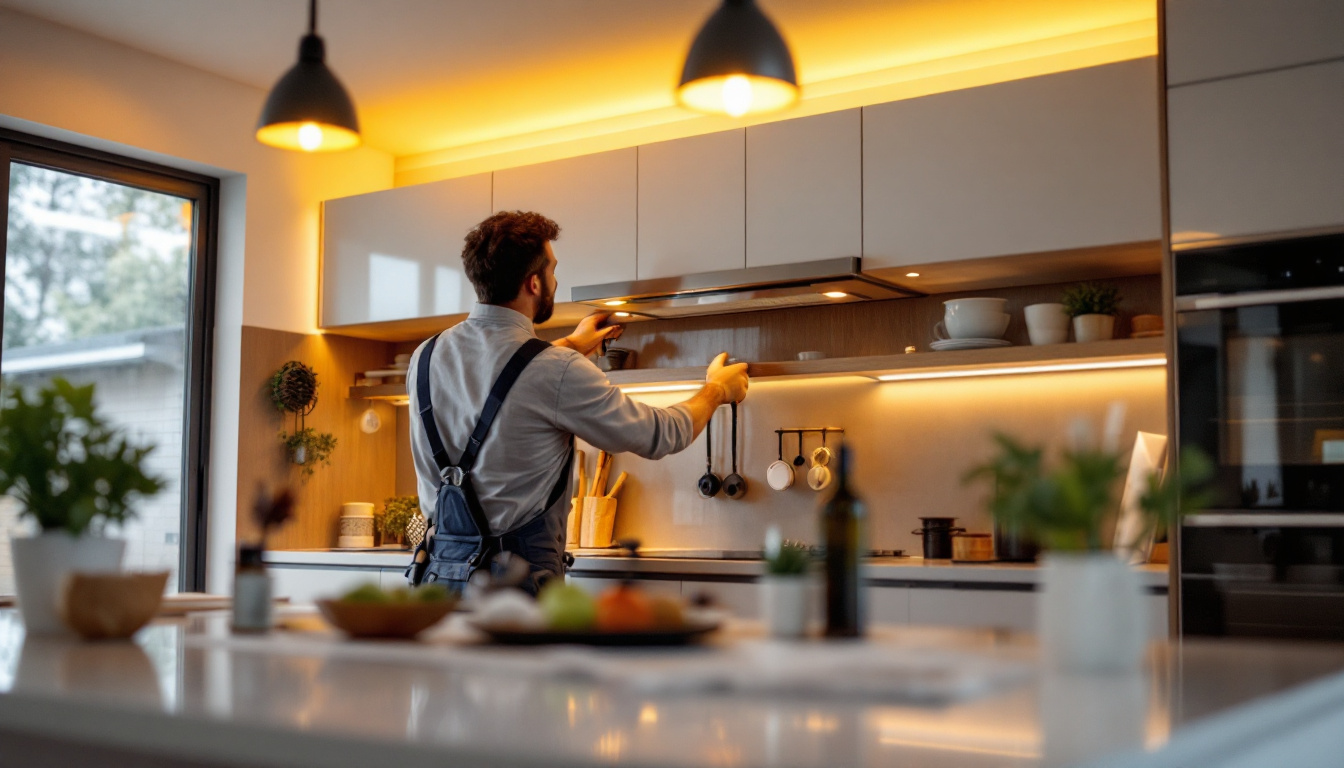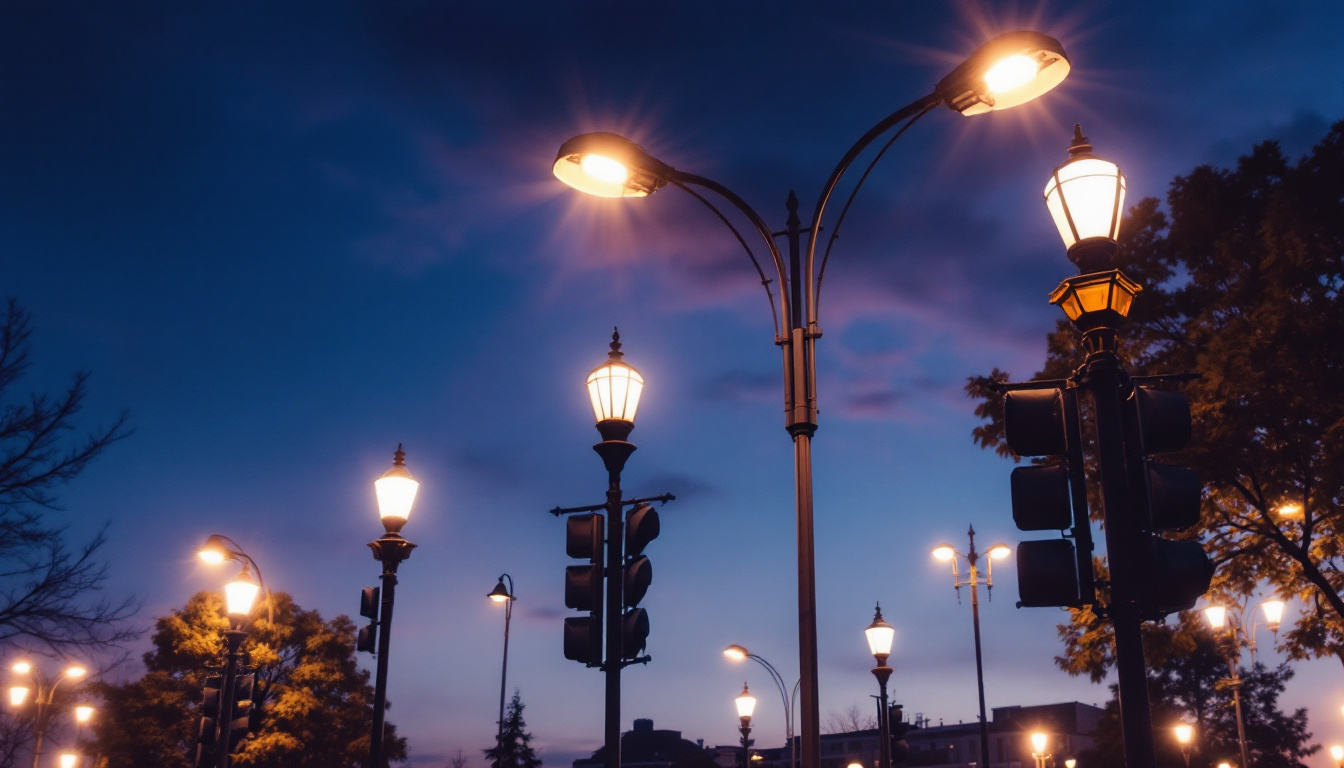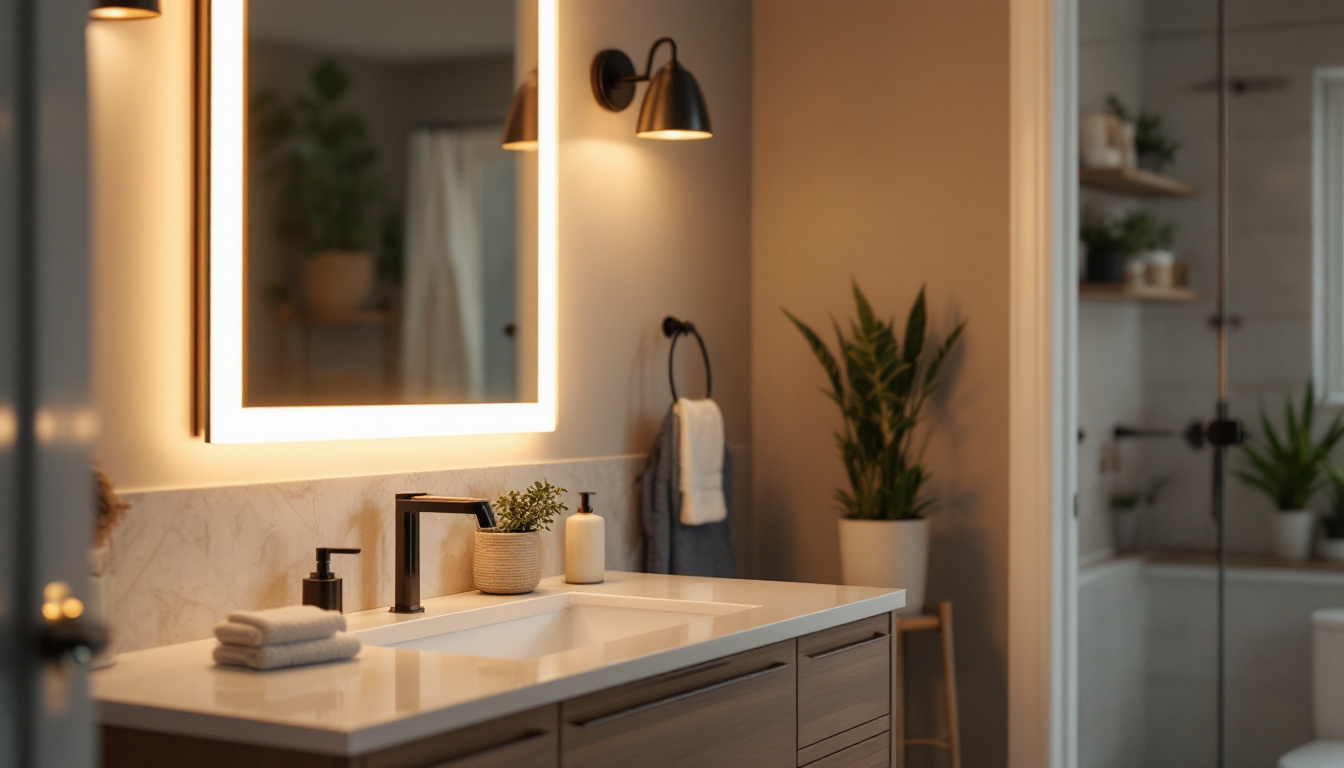
front door lighting serves a crucial role in enhancing the safety, security, and aesthetic appeal of a property. As the first point of contact for visitors, the front door area must be well-illuminated to create a welcoming atmosphere while ensuring visibility during nighttime hours. For lighting contractors, understanding the nuances of front door lighting can lead to optimized installations that meet both functional and design needs.
Moreover, effective front door lighting can significantly influence a homeowner’s perception of safety. A well-lit entryway deters potential intruders and provides peace of mind to residents. Therefore, selecting the right fixtures and implementing efficient lighting strategies is essential for maximizing both safety and energy efficiency. The psychological impact of lighting cannot be overstated; bright, inviting lights can make a home feel more secure, while dim or inadequate lighting may evoke feelings of vulnerability and unease.
When considering front door lighting, various fixture types can be utilized to achieve the desired effect. Wall-mounted sconces, pendant lights, and recessed lighting are popular choices, each offering unique benefits. Wall-mounted sconces are often favored for their versatility and ability to provide ambient lighting, while pendant lights can add a touch of elegance to the entryway. Recessed lighting, on the other hand, offers a sleek look that can be integrated into architectural features. Additionally, solar-powered lights are becoming increasingly popular for their eco-friendliness and ease of installation, making them a great option for homeowners looking to enhance their entryway without extensive electrical work.
Each type of fixture has its own installation requirements and aesthetic considerations. Lighting contractors should assess the architectural style of the home, the surrounding landscape, and the specific lighting needs of the entryway to recommend the most suitable options. For instance, a modern home may benefit from minimalist fixtures that blend seamlessly with its design, while a traditional home might call for ornate lanterns that complement its classic features. Furthermore, layering different types of lighting—such as combining sconces with pathway lights—can create a more dynamic and inviting atmosphere.
In today’s environmentally conscious market, energy efficiency is a critical factor in lighting design. Utilizing LED bulbs in front door fixtures is one of the most effective ways to enhance energy efficiency. LEDs consume significantly less energy than traditional incandescent bulbs and have a longer lifespan, which translates to reduced maintenance and replacement costs. This not only benefits the environment but also allows homeowners to save on their energy bills over time, making it a financially savvy choice.
Additionally, incorporating smart lighting solutions can further optimize energy use. Smart fixtures can be programmed to turn on and off based on the time of day or occupancy, ensuring that lights are only used when necessary. This technology not only contributes to energy savings but also offers convenience for homeowners. For instance, integrating motion sensors can provide automatic illumination when someone approaches the door, enhancing both safety and energy efficiency. As technology continues to evolve, the possibilities for innovative lighting solutions will only expand, allowing homeowners to customize their front door lighting to fit their lifestyle and preferences seamlessly.
While functionality is paramount, the aesthetic appeal of front door lighting should not be overlooked. A well-designed lighting scheme can enhance the architectural features of a home and create a cohesive look that complements the overall design. Lighting contractors must strike a balance between form and function to achieve optimal results. This balance ensures that the lighting not only illuminates the entryway effectively but also contributes to the home’s curb appeal, making a lasting impression on guests and passersby alike.
The style and finish of front door light fixtures should align with the home’s architectural style. For instance, a modern home may benefit from sleek, minimalist fixtures, while a traditional home might call for ornate, vintage-inspired designs. Additionally, the finish of the fixtures—whether it’s brushed nickel, oil-rubbed bronze, or matte black—can significantly impact the overall look. Each finish brings its unique character to the space; for example, a polished chrome finish can add a touch of contemporary elegance, while a rustic bronze can evoke warmth and charm.
Contractors should also consider the scale of the fixtures in relation to the entryway. Oversized fixtures can overwhelm a small space, while undersized fixtures may fail to provide adequate illumination. Proper scale ensures that the lighting complements the entryway without detracting from other design elements. Furthermore, the positioning of the fixtures plays a crucial role in achieving the right balance; fixtures should be mounted at a height that maximizes their effectiveness while also enhancing the visual appeal of the entrance.
Layering different types of lighting can create a more dynamic and inviting entryway. Ambient lighting provides overall illumination, while task lighting focuses on specific areas, such as the front steps or door handle. Accent lighting can highlight architectural features or landscaping, adding depth and interest to the space. This thoughtful layering not only improves visibility but also sets the mood for the entire entryway, making it feel more welcoming and secure.
For example, combining wall sconces with recessed lighting and path lights can create a well-rounded lighting scheme that enhances both safety and aesthetics. Contractors should evaluate the specific needs of each project to recommend the most effective layering strategies. Additionally, incorporating smart lighting solutions can further enhance the functionality of the entryway; homeowners can adjust brightness levels or color temperatures to suit different occasions, whether it’s a festive gathering or a quiet evening at home. This adaptability ensures that the lighting remains relevant and effective throughout the year, catering to the changing needs of the household.
Proper installation is essential for ensuring that front door light fixtures operate efficiently and effectively. Lighting contractors must adhere to best practices to maximize the performance and longevity of the fixtures.
The height and placement of light fixtures play a significant role in their effectiveness. Wall sconces should typically be installed at eye level, around 66 to 72 inches from the ground, to provide optimal illumination without creating harsh shadows. Additionally, fixtures should be placed at equal distances from the door to ensure balanced lighting.
For pendant lights, the height should be adjusted based on the entryway’s ceiling height. A general rule of thumb is to hang pendants 7 to 8 feet above the ground, ensuring they do not obstruct movement while providing adequate light. Proper placement enhances both functionality and visual appeal. Furthermore, it’s important to consider the surrounding architecture and landscaping when positioning fixtures. For example, if there are tall plants or decorative elements nearby, the lighting should be angled to highlight these features without causing glare or distraction.
Safety is paramount when installing front door light fixtures. Contractors must ensure that all wiring is compliant with local electrical codes and regulations. This includes using weatherproof fixtures and wiring for outdoor installations to prevent electrical hazards.
Additionally, incorporating ground fault circuit interrupter (GFCI) outlets is essential for outdoor lighting. GFCIs help prevent electrical shock by automatically shutting off power if they detect a ground fault. Ensuring that all installations meet safety standards protects both the homeowner and the contractor. Beyond compliance, it’s wise to use high-quality materials that can withstand the elements, such as corrosion-resistant fixtures and UV-protected wiring. This not only enhances safety but also reduces the need for frequent repairs or replacements, ultimately saving time and money in the long run. Regular maintenance checks should also be scheduled to ensure that all components remain in good working order, especially after severe weather events that could impact the integrity of the installation.
Regular maintenance is key to ensuring that front door light fixtures remain efficient and visually appealing over time. Lighting contractors should educate homeowners on the importance of maintenance and provide guidance on best practices.
Dust and debris can accumulate on light fixtures, diminishing their brightness and overall appearance. Homeowners should be encouraged to clean fixtures regularly using a soft cloth and mild soap. For outdoor fixtures, it is important to check for any signs of corrosion or damage, as these can affect performance and safety.
Additionally, replacing burnt-out bulbs promptly is essential for maintaining optimal lighting levels. Contractors can recommend energy-efficient LED bulbs that have longer lifespans, reducing the frequency of replacements.
Conducting seasonal inspections of front door lighting can help identify any issues before they become significant problems. Contractors can offer maintenance services that include checking wiring, testing fixtures, and ensuring that all components are functioning correctly.
These inspections can also provide an opportunity to assess the overall lighting scheme and make adjustments as needed. For instance, if landscaping has grown and is obstructing light, it may be necessary to reposition fixtures or add additional lighting sources.
As technology continues to evolve, the future of front door lighting is promising. Innovations in smart lighting, energy-efficient technologies, and design trends are shaping the way lighting contractors approach installations. By staying informed about the latest developments, contractors can offer clients cutting-edge solutions that enhance both safety and aesthetics.
Ultimately, optimizing front door light fixtures for maximum efficiency involves a combination of thoughtful design, proper installation, and ongoing maintenance. By focusing on these key areas, lighting contractors can ensure that their projects not only meet client expectations but also contribute to a safer and more inviting environment for homeowners and their guests.
Ready to elevate your lighting installations with the most efficient and stylish options on the market? Look no further than LumenWholesale for all your front door lighting needs. Our extensive selection of spec-grade lighting products ensures you have access to high-quality, reliable options that will impress your clients and enhance any entryway. With unbeatable wholesale prices and the convenience of free shipping on bulk orders, you can provide exceptional value without compromising on quality. Discover wholesale lighting at the best value and make your next project shine with LumenWholesale.

Discover the essential insights lighting contractors need to meet client expectations for solar wall lights.

Discover the transformative impact of LED cabinet lighting and why staying updated is crucial for lighting contractors.

Explore the advantages and challenges of street light poles for lighting contractors.

Discover the transformative impact of LED vanity lights through real-world success stories from lighting contractors.